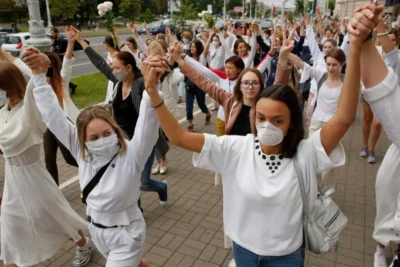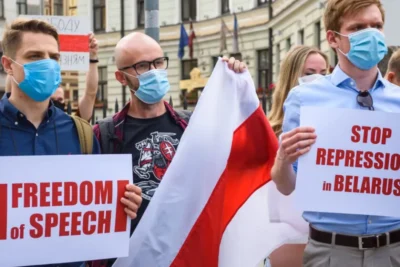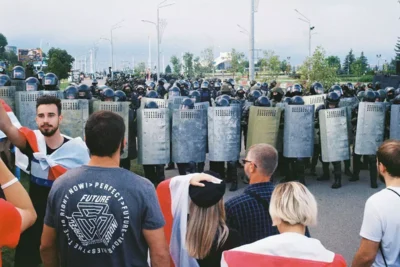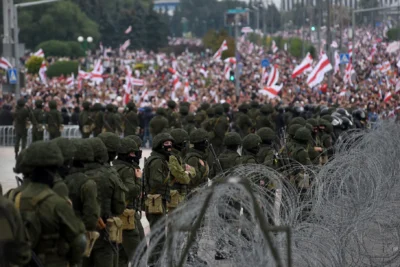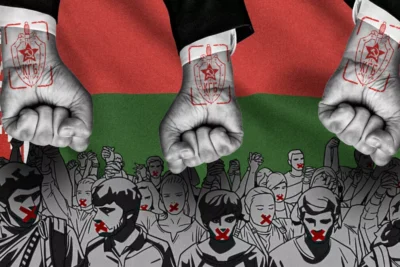
🇧🇾 How to Get Political Asylum as a Belarusian Citizen in 2025 (Step-by-Step Guide)
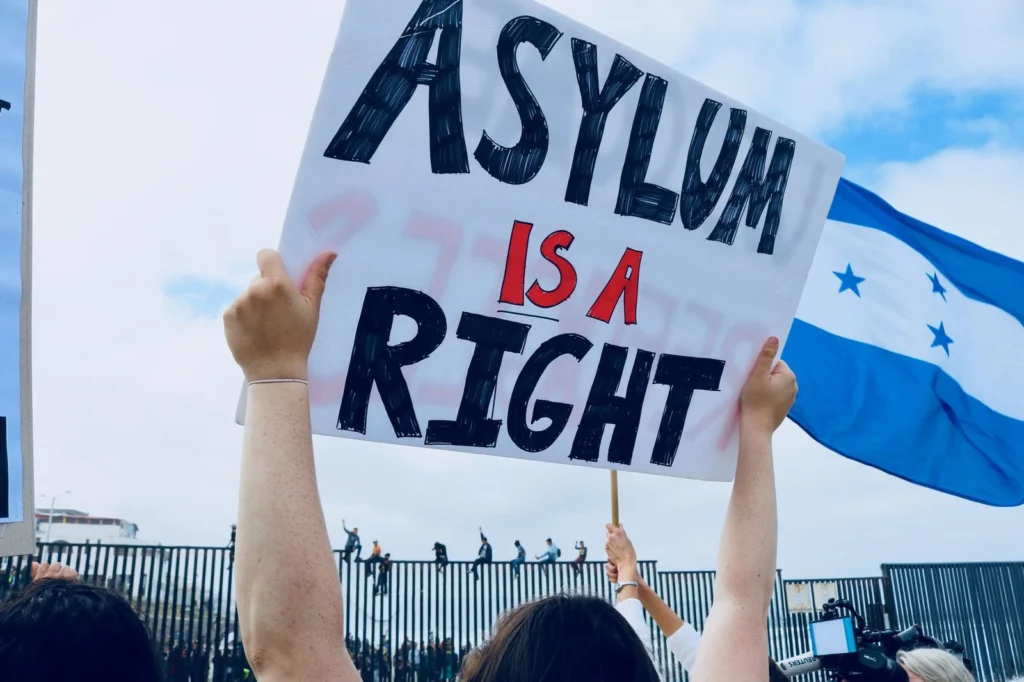
- ✈️ What Is Political Asylum?
- ⚠️ Why Belarusians Are Seeking Asylum in 2025
- 🌍 Countries with Receptive Asylum Policies (for Belarusians)
- 📝 Step-by-Step Guide to Applying for Asylum
- 📁 What Documents Help Your Case?
- 📣 NGOs That Can Help
- ✨ Tips to Strengthen Your Asylum Case
In 2025, the political repression in Belarus continues to drive many citizens to seek safety abroad. Whether you're an activist, journalist, student, or simply fear persecution, political asylum may be your path to freedom. This guide offers a practical, step-by-step overview of how to apply for asylum as a Belarusian, what documents you’ll need, which countries are most receptive, and key tips to navigate the process successfully.
✈️ What Is Political Asylum?
Political asylum is the legal protection granted by a country to foreign nationals who have fled their homeland due to fear of persecution. This persecution must be based on:
- Political opinion
- Religion
- Nationality
- Race
- Membership in a particular social group (e.g., LGBTQ+, journalists, activists)
⚠️ Why Belarusians Are Seeking Asylum in 2025
Since the 2020 protests and Lukashenko’s continued authoritarian grip, thousands of Belarusians have faced:
- Arbitrary arrests
- Surveillance
- Police brutality
- State violence against dissidents
- Crackdown on NGOs and independent media
In response, many have sought asylum in Lithuania, Poland, Germany, France, the United States, and Canada, among others.
🌍 Countries with Receptive Asylum Policies (for Belarusians)
| Country | Asylum Approval Rate (Belarusians) | Key Notes |
|---|---|---|
| Germany | ~80% | One of the top choices for Belarusian exiles |
| Lithuania | ~85% | Geographic and cultural proximity |
| Poland | ~75% | Border access, strong support |
| France | ~70% | Slower process, but active NGOs |
| USA | ~65% | Strong asylum laws, but strict evidence requirements |
| Canada | ~60% | Welcoming but requires proof of risk |
📝 Step-by-Step Guide to Applying for Asylum
1. Leave Belarus Safely (If Possible)
- If you're under threat, prioritize your immediate safety.
- Secure digital files, delete sensitive messages, and avoid border crossings known for detentions.
2. Choose Your Country of Asylum
- Consider your language skills, family connections, and legal resources.
- Apply only once in the first safe country you reach (important under the Dublin Regulation in Europe).
3. Declare Asylum at Border or Inside the Country
- You can declare asylum at:
- The airport upon arrival
- A border checkpoint
- An immigration office within the country
4. Submit Your Application
- Most countries require:
- A written asylum request
- Proof of identity (passport, ID)
- Evidence of persecution (photos, media, arrest warrants, threats, court docs)
- A detailed personal statement
5. Attend Interviews and Hearings
- Be consistent with your story.
- Explain clearly why returning to Belarus would put you at risk.
- Highlight connections to activist movements or known opposition.
6. Wait for Decision
- Processing time varies: from 3 months (Lithuania) to 2 years (France or U.S.)
- Some countries allow you to work while you wait; others offer financial aid and housing.
7. Appeal (If Denied)
- You have the right to appeal most asylum rejections.
- Get legal support from NGOs or immigration lawyers.
📁 What Documents Help Your Case?
| Document Type | Examples |
|---|---|
| Personal | Passport, birth certificate |
| Proof of Persecution | Arrest warrants, photos of protests, social media posts, media articles |
| Medical Records | Injuries from abuse or torture |
| Testimonies | From journalists, fellow activists, lawyers |
📣 NGOs That Can Help
- Viasna Human Rights Centre (Belarusian human rights org)
- Libereco – Germany/Switzerland
- Freedom House – Global
- Refugee Support Centre (Lithuania)
- HIAS – Legal help for asylum in the U.S.
- Amnesty International
✨ Tips to Strengthen Your Asylum Case
- Be honest and specific in your testimony.
- Prepare a timeline of events and threats you’ve experienced.
- Avoid contradictions in interviews.
- Stay in touch with support networks—diaspora groups, legal NGOs, community leaders.
🧳 Life After Being Granted Asylum
Once your asylum is approved, you may receive:
- A residence permit
- The right to work, study, and access healthcare
- In some countries, a path to permanent residency or even citizenship
- Access to family reunification programs
Some countries also offer integration programs with language lessons, job training, and mental health support.
📌 Final Thoughts
Seeking asylum is a difficult, emotional, and bureaucratic process. But for thousands of Belarusians facing state repression, it's a vital step toward freedom and safety. This guide aims to make that path clearer and more accessible to those in need.
❓FAQs – Political Asylum for Belarusians in 2025
Q: Can I apply for asylum while still in Belarus?
A: No. You must be physically outside Belarus to apply.
Q: What if I’ve already applied for asylum in another EU country?
A: Under the Dublin Regulation, you can’t reapply elsewhere in the EU. Your case will be handled by the first country of application.
Q: Is it safe to apply at an embassy?
A: Most embassies don’t accept asylum claims. You must apply inside the host country.
Q: How long does it take to get asylum approved?
A: It varies: 3–6 months in some EU countries, over a year in others.
Q: Can I bring my family later?
A: Yes, most countries allow family reunification after your status is approved.

